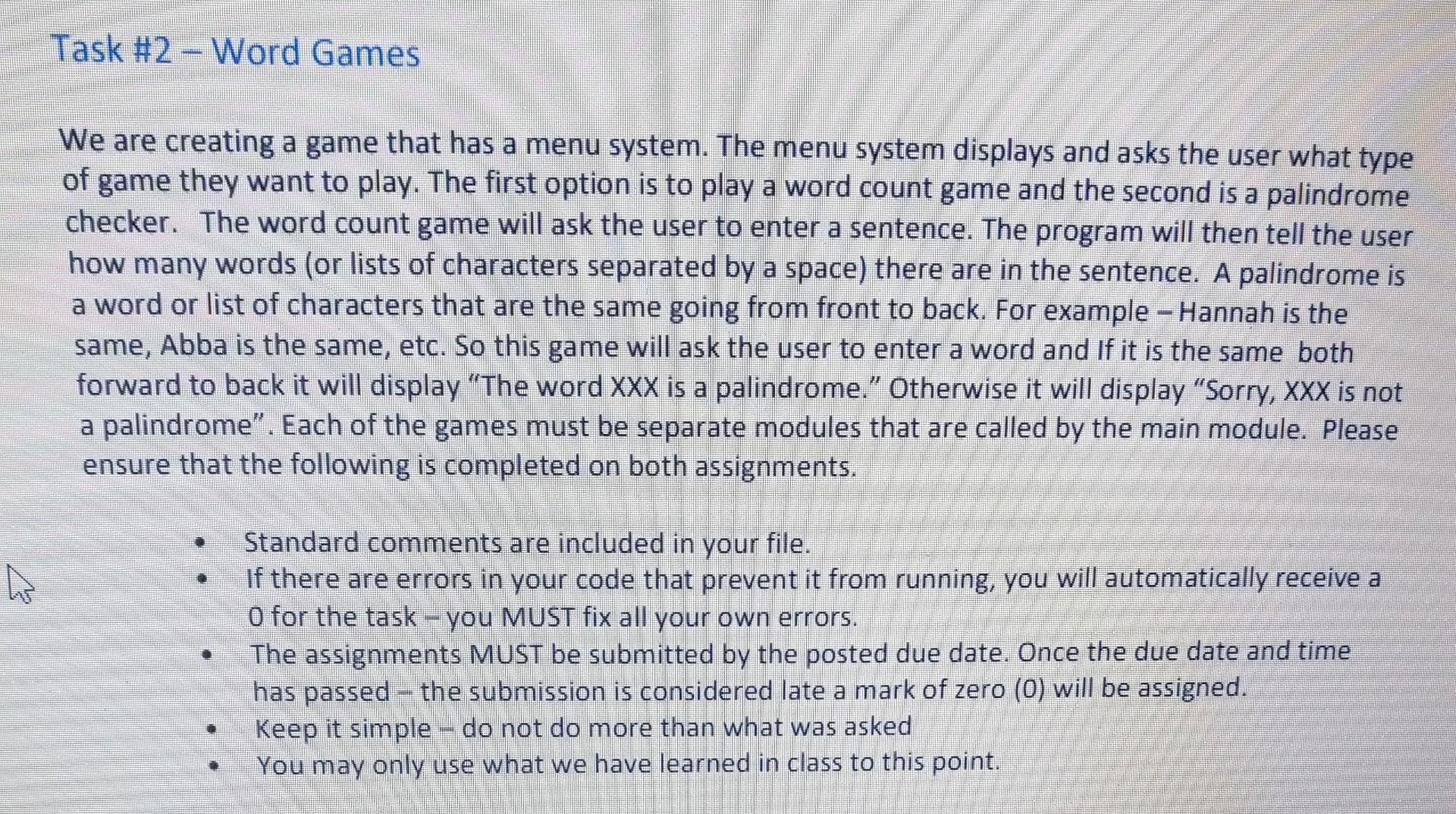
You can use a dataset to assess the education levels within a state. The online dataset allows users to view various metrics about the education level in a given state. It can be used for comparing the educational attainment between native and non-native residents. This information is useful for determining the state's readiness to prepare its citizens for future jobs.
Higher education is available to immigrants than for natives
Most natives have some level of education. However, many immigrants have much lower educational levels. Some immigrants may have no education, or high-school diplomas. This may be a benefit for some jobs as immigrants might have better manual skills. Their language skills may be another advantage, making them more competitive in certain industries.

According to a Polish study, immigrants from the former Soviet Union or other Eastern European countries have lower education levels than natives. However, immigrants from the MENA region had the highest educational gaps, with differences of more than 2 years between those who had completed school and those with no education at all.
Overall, immigrants with foreign degrees had lower educational attainment that natives. These immigrants were also less likely complete a bachelor’s degree or more. Additionally, immigrants of first generation were less likely than native-born parents to earn a college degree.
They have to compete with foreign workers in order to find jobs
The United States is facing a shortage in skilled workers, especially those with higher education. The demand for skilled labor has increased significantly over the past three decades. However, the supply has not kept the pace. This is a problem for employers that can pay high wages, but cannot find qualified employees at home. This is why they frequently seek foreign workers to fill the vacancies and lobby for less restrictive immigration policies.
They are more likely to own a home.
The percentage of homeowners who have less than a high-school education has fallen by 30% over the past decade. This trend is driven primarily by economic factors. The US population has grown more unevenly and there are fewer high-paying jobs. Additionally, housing prices have risen. Many homeowners have been priced out by rising housing prices, even though they don't have a high-school education. Moreover, many were victims of predatory lending.

It is becoming more important to understand the relationship between homeownership and educational attainment. In 1990, this gap was only 15%. It is now 28 percent. In homeownership, higher incomes play a role. The homeownership rate for the lowest-income brackets is 40 percent lower than that of those in the highest income brackets.
FAQ
What are some possible ways to receive scholarships?
Scholarships are grants awarded to help pay for college expenses. There are many kinds of scholarships. There are many types of scholarships available.
-
Federal Grants
-
State Grants
-
Student Loans
-
Work Study Programs
-
Financial Aid
Federal grants come directly from the U.S. government. Most federal grants require applicants to meet certain requirements. Financial need is one example.
Individual states offer state grants. Some states offer state grants based only on financial need. Other states award money for specific reasons.
Banks and other lending institutions issue student loans. Students often borrow money to pay for tuition and living expenses.
Work-study programs are designed to encourage employers to hire qualified students. Employers are required to pay employees at least minimum wage.
Financial aid helps low-income families afford college by covering most or all tuition costs.
What is a Trade School?
Trade schools are an alternative way for people without success at traditional higher education institutions to earn a degree. They offer career-oriented programs that help students get prepared for specific careers. These programs allow students to complete two years' worth of coursework in one semester. Then they can enter into a paid apprenticeship program that teaches them a specific skill set and provides on-the job training. Trade schools can include technical schools, community colleges and junior colleges as well as universities. Some trade schools also offer associate degree programs.
How much does homeschooling cost?
There are no set costs for homeschooling. Some families charge between $0-$20 per lesson. Some families offer services for free.
However, homeschooling requires dedication and commitment. Parents need to make sure they have enough time to spend with their children.
Access to books, materials, and other learning aids is essential. Homeschoolers often need to take advantage of community events and programs to supplement their curriculum.
Parents need to consider costs such as transportation, tutoring, and extracurricular activities.
Homeschoolers also need to plan for field trips, vacations and special occasions.
Statistics
- Think of the rhetorical power of nineteenth-century abolitionist Harriet Beecher Stowe, Martin Luther King, Jr., or Occupy Wall Street activists with their rallying cry of “we are the 99 percent.” (bostonreview.net)
- Globally, in 2008, around 89% of children aged six to twelve were enrolled in primary education, and this proportion was rising. (en.wikipedia.org)
- And, within ten years of graduation, 44.1 percent of 1993 humanities graduates had written to public officials, compared to 30.1 percent of STEM majors. (bostonreview.net)
- In most developed countries, a high proportion of the population (up to 50%) now enters higher education at some time in their lives. (en.wikipedia.org)
- They are also 25% more likely to graduate from high school and have higher math and reading scores, with fewer behavioral problems,” according to research at the University of Tennessee. (habitatbroward.org)
External Links
How To
Why homeschool?
There are many factors to consider when deciding whether to send your child to school or homeschool.
-
What type of education are you looking for? Are you looking to develop social skills or academic excellence?
-
What level of involvement do you desire to have in your child's education and learning? Are you more interested in being kept informed about your child's progress? Or would you rather let him/her make decisions on his/her own?
-
Is your child a special needs child? Do your children have special needs?
-
Are you able to manage the schedule of your child? Can you commit to teaching your child at home every day?
-
What types of subjects will you cover? Math, science, language arts, art, music, history, geography, etc. ?
-
What amount of money are you able to spend on your child's education?
-
Is your child able to go to school?
-
Where are you going to put your child? This includes finding a space large enough for a classroom, as well as providing adequate facilities such as bathrooms and kitchens.
-
What's your child's average age?
-
When does your child go back to sleep?
-
When does he/she finally wake up?
-
How long does it take for you to get from A to B?
-
What distance is your child from school?
-
How far is it from your home to your child's school.
-
How will you get your child from one place to another?
-
What are some of the benefits of homeschooling
-
What are the disadvantages?
-
Who will supervise your child when he/she is outside?
-
What are you expecting from your child's education?
-
What discipline type will you use?
-
What curriculum will your school use?
There are many reasons why people decide to homeschool their children. These are just a few of the reasons why people choose to homeschool their children.
-
Your child is unable to attend traditional schools because of learning disabilities.
-
You want to provide an alternative form of education for your child.
-
You would like more flexibility with your scheduling.
-
You do not want to have to pay high tuition costs.
-
Your child is receiving an education of a higher quality than the one he/she could get in a traditional school.
-
You believe you are better at teaching your child than a teacher in traditional schools.
-
You don't like how the school system works.
-
The rules and regulations of school are confusing to you.
-
You want your child's work ethic to be strong.
-
You want your child to be able to choose the courses that interest them.
-
You want individualized attention for your child.
Another benefit of homeschooling is:
-
It is not necessary to worry about uniforms and books, pencils, pencils, paper, or other supplies.
-
You can customize your child's education according to his/her interests.
-
Homeschooling allows parents to spend time with their children.
-
Students who are homeschooled tend to learn more quickly than peers because they don't have to be distracted by their peers.
-
Homeschoolers are more likely to score higher on standardized testing.
-
Homeschool families tend to be happier overall.
-
Homeschoolers are less likely to drop out.